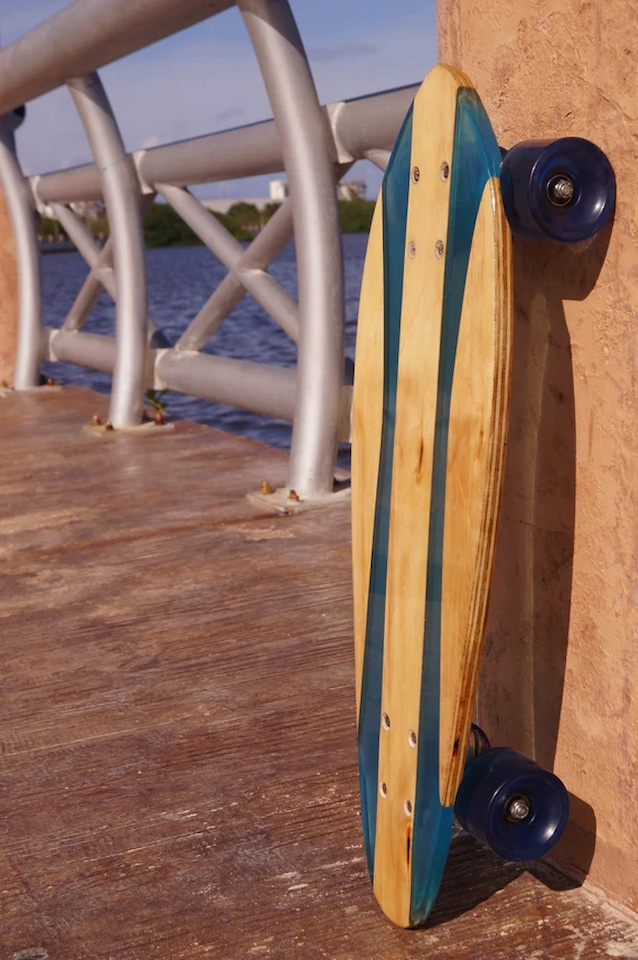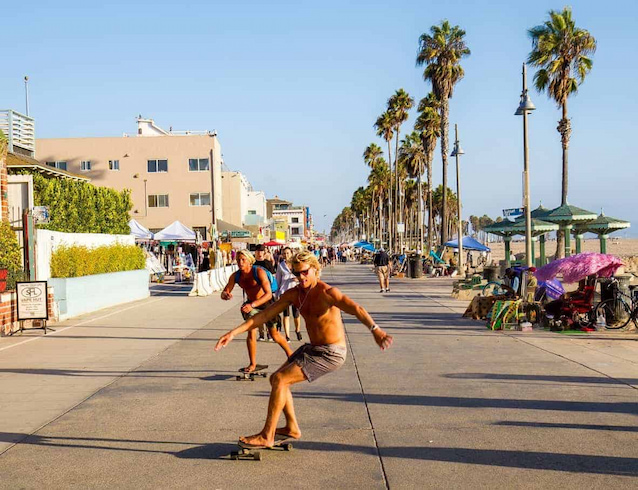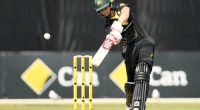What to Consider When Buying Your First Cruiser Board
While there are many ways to commute to work, school, or any other place, riding a cruiser board is certainly the most fun option. Due to its directional form, portability, larger, softer wheels, and responsive trucks, cruisers are excellent for transportation and commuting around town. You can also use certain cruisers for simple tricks, bowls, transitions, as well as going down a hill.
Cruisers come in many shapes and forms, which can overwhelm the inexperienced newcomer. Follow the tips below to make sure that you purchase the best board for you!
How Do Cruiser Boards Differ from Skateboards and Longboards?
Cruisers look a lot like skateboards and longboards, but there are still a few distinctions between them. The cruiser combines the longboard’s buttery ride with the skateboard’s mobility. As the name indicates, these boards are ideal for cruising and travelling through the city streets. They work well for moving around your college campus or neighbourhood. You can even ride your cruiser in your local park or by the beach!
The cruiser skateboard is the ideal choice if you’re searching for a board that gets you from point A to point B, is light and portable, and offers a comfortable ride. Here are some things to consider when buying your first board.
What’s the Ideal Material for a Cruiser Board?
A cruiser made of high-quality materials provides better safety and comfort while you’re riding it. Make sure to choose a sturdy skateboard cruiser that has a durable deck made from maple or bamboo. The boards made of maple wood are both long-lasting and sufficiently flexible to absorb the impact of hard landings, on-ramps, and other obstacles. Maple boards are tough and can withstand a lot of wear and tear. They’re used by beginners who want to improve their skating skills as well as seasoned professionals.

Make sure you stay away from tacky plastic cruiser boards at all costs. The last thing you need is a cheap board that breaks during your ride and leaves you seriously injured. The higher-grade materials do increase the cost of cruiser boards, but you shouldn’t overspend on them either.
Are Size and Shape Important?
You have a variety of board sizes to pick from. The smallest boards start at 55 cm in length and they’re known as penny boards. These incredibly small boards have a disadvantage in that they’re a little unstable and hard to adjust to. The most popular type of skateboard cruiser is around 80 cm long. This size strikes the optimal combination between mobility and comfort in my opinion.
When it comes to the board’s shape, most cruisers feature elevated tails and a pointed front profile. The extended tail gives you more leverage to pop your cruiser when moving over low curbs. While cruisers typically have a tail and a nose, they can also be completely flat. I wouldn’t suggest buying a flat deck, because a high tail is necessary to effectively pop your deck or make a kick turn.
Additional Considerations
Aside from the obvious things, like size and shape, you should also consider the following factors when choosing a cruiser:
Flex
To clear things up, I’m not talking about ‘flex’ in terms of showing off your new board to your pals. Although, you might want to do so if you pick one of the excellent cruiser skateboards Australia-wide with a 7-ply maple deck.
Your board’s flex is how much it bends when you put weight on it. It provides a comfortable ride and increases shock absorption, but it reduces stability at higher speeds. Longboards have the benefit of having bigger flex because of their larger size. However, considering that cruiser boards are a lot smaller than longboards, I advise purchasing a board that isn’t too flexible.

Wheels
The aim of a cruiser is to help you navigate obstacles on your path to your destination, which means that your cruiser’s stability is extremely important. Large and soft wheels are ideal for a cruiser. You can determine the hardness of your wheels with the help of a Durometer scale. The lower the number, the softer the wheels.
But why choose large and soft wheels? These wheels work well on rocky roads and in places where there are stones or cracks in the pavement. I’m sure you don’t want to experience strong turbulence anytime you go over uneven ground! Larger wheels offer a bigger point of contact with the ground, which results in better traction and less slipping.
Brushings and Trucks
Thanks to brushings, your board can turn smoothly. These are the rubber rings that go around the kingpin and they’re usually constructed from polyurethane. Most bushings for cruiser boards have a cone form. You’ll need firmer bushings if you’re a heavy rider so they can keep their form longer.
The trucks attach your wheels to your deck and let you ride. Make sure to get the proper size – trucks should be close to your deck width. You lose balance on decks with small trucks (like wearing high heels). On the other hand, overly wide trucks make it difficult for you to turn and may be a bit tricky to handle.



